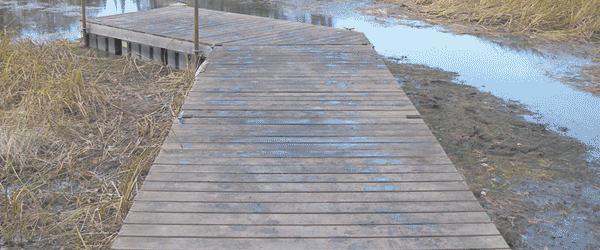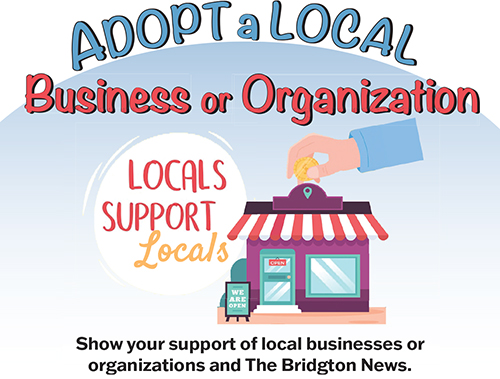Earth Notes

By Mary Jewett
BN Columnist
Halfway through high school, I took a field trip that changed the way I look at the world. My most influential teacher, K Bolduc, teamed up with a local environmental school to bring a group of teenagers to the Everglades. The goal of the trip was to learn as much as we could about the ecosystem in the week we were there. My favorite part of that trip, and others in subsequent years, was the time we sat down in the evening and recorded everything we saw that day. I’m talking plants, mammals, birds, reptiles, fish, etc. They were all recording in our little field journals, which I still take out and flip to 20 some odd years later.
What stuck with me the most, and helped form my most favorite hobby, were the abundance of bird species we observed. That little orange notebook was the beginning of my life list, a record of all the birds I have seen. I started an eBird account, which is a really neat website where you can record the birds you have seen, and started my official list. eBird is so much more than a place to record birds though. The site, managed by the Cornell Lab of Ornithology, is home to an incredible amount of research and citizen science. Birders from all over the world use the site, so I can easily look at any location on Earth and see what birds are being seen right now, from Maine to Madagascar to Malaysia. I suggest you check it out if you are interested in birds at all: www.eBird.org
The point I’m trying to make is that I love birds, both seeing new ones and visiting with old favorites. Because of this, I was so excited to start a bird walk serious through my job at Lakes Environmental Association (LEA). Each Friday in May, a small group of birders go out to the Bob Dunning Bridge to observe who is flying into, and through, the area. Look up the Bob Dunning Bridge on eBird and you can see what species have been observed there, and when. Also, you should just go out to the Bridge now, because we have already seen several cool birds there this spring.
This past Friday, I had a truly wonderful, and rewarding, experience birding with a small group. One was Jean Pries, expert birder and regular contributor to this paper, and the other was someone new to the group, and new to birding. I felt so much more excitement sharing new birds with our newcomer than I would have if I had been alone. The fact that I was introducing her to new birds for her life list was so rewarding, it made me think about my own experiences with bird guides over the years. I have traveled to South American many times for birding and I am always surprised by the enthusiasm shown by my guides. I mean, they see these birds every single day, how can it still be so exciting? But now I realize that their excitement came from helping me see new birds. When they learned that I was keeping a life list, they would go the extra mile (sometimes literally) to get the rarities or hard to see species.
This is what it means to be an educator, which is part of my job at LEA. Last Friday, I discovered a perfect combination of my passions, teaching someone about birds, and having them actually be excited to hear it. For the birders in this readership the most exciting bits were discovering a Baltimore Oriole building a nest, tracking a Wilson’s Warbler in the shrubs, and spotting a Brown Thrasher hopping about in the Bridgton Community Center yard. Our final Friday bird walk is this week, on May 28. If you would like to join us, please e-mail me: mary@mainelakes.org.


